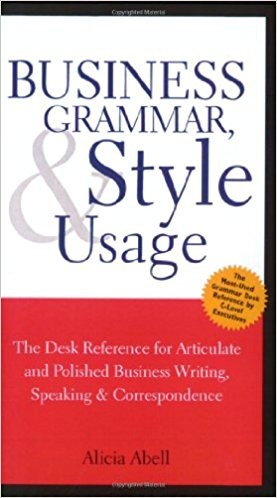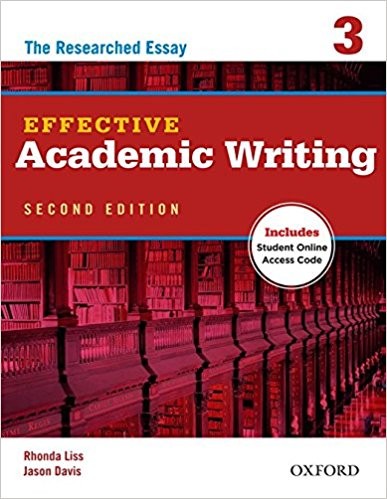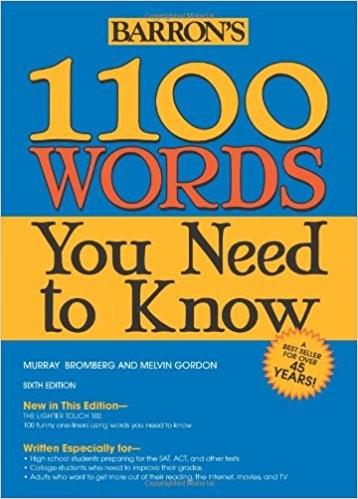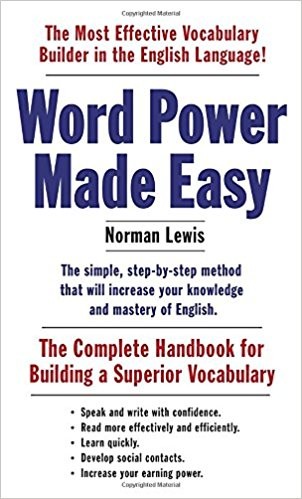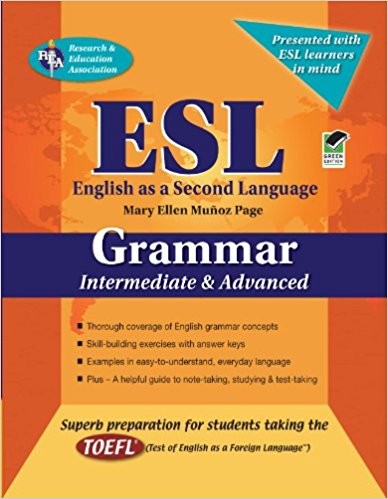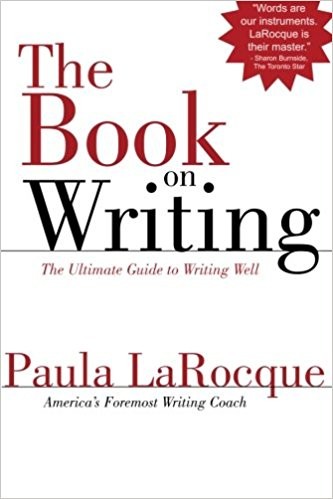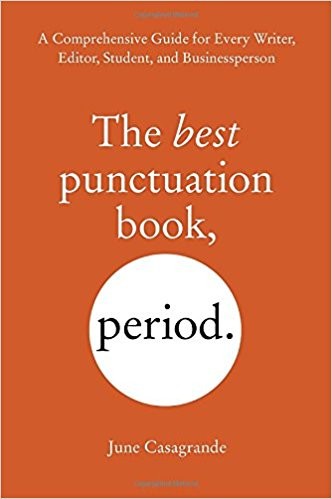
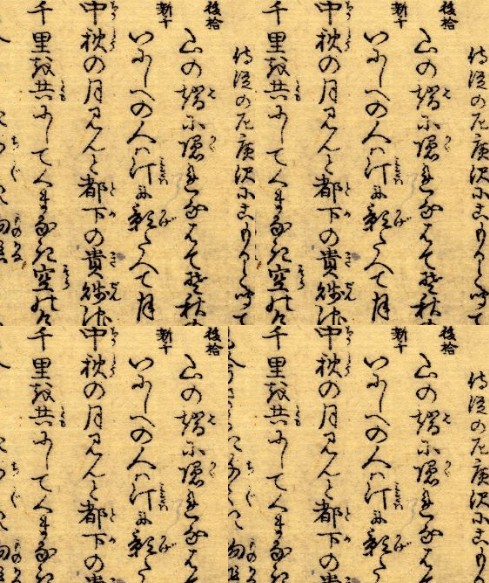



LEARNING ENGLISH WISDOM
e.g. Drinking a glass of warm milk and taking a hot bath help me sleep better. (NOT helps)
e.g. Every house in the neighborhood has been searched. (NOT have)
e.g. Each of the students was given an assignment. (NOT were)
The simple sentence (usually short) is used to make a statement, or to emphasize an idea.
However, overuse of short simple sentences may result in choppy sentences.
e.g. It was a beautiful day. The sun was warm. We wanted to go for a walk. We decided to go to the lake. (choppy)
e.g. It was a warm and beautiful day, and we decided to go to the lake for a walk. (improved)
The compound sentence
The compound sentence is made up two or more simple sentences joined together by a coordinating conjunction (and, or, nor, but, for, so, yet), or a punctuation mark (colon, semicolon).
e.g. The man took the money, and (he) ran away.
e.g. You finish this work, or you don’t get paid!
e.g. I don’t want to go, nor will I.
e.g. He was poor, but he was happy.
e.g. We were thirsty, for the weather was hot.
e.g. He worked hard so he passed his test.
e.g. The boy practiced very hard, yet he did not make the swim team.
The compound sentence is used to show relationship, sequence, or importance.
The complex sentence
The complex sentence is made up two or more simple sentences joined together by a subordinating conjunction (after, before, since, when, although).
e.g. After the man took the money, he ran away.
The emphasis is more on he ran away than on the man took the money; the complex sentence here not only shows the sequence of the action but also focuses on he ran away “after” taking the money.
Compare: “The man took the money, and (he) ran away.” In this compound sentence, the emphasis is on the man took the money as well as (he) ran away.
e.g. Before the postman came, the woman had already finished writing the letter.
e.g. When the postman came, the woman gave him the letter.
Stephen Lau
Copyright© 2018 by Stephen Lau
Click here to go back to Home Page.

The Use of Italics
In English, sometimes words and phrases are slanted to the right--the use of italics. Effective writing requires the use of italics appropriately. The following shows how to use italics effectively:
(1) Use italics for titles.
e.g. The film The Interview has caused much controversy.
e.g. Have you read Leo Tolstoy's War and Peace?
(2) Use italics for foreign words. The English language has acquired many foreign words, such as chef from France, and spaghetti from Italy, that have become part of the English language and they do not require to be put in italics. However, many foreign words still require to be out in italics.
e.g. Gato is a Spanish word for cat.
e.g. Balance is expressed in the concept of yin and yang.
(3) Use italics for names of aircraft, ships, and trains.
e.g. Titanic hit an iceberg and sank on its maiden voyage.
(4) Use italics for emphasis, but avoid its overuse:
e.g. It is easy to find out how you can avoid credit card debt, but it is difficult to actually do it.
(5) Use italics for words, phrases, letters, and numbers used as words.
e.g. The alphabet b and d are easily confused by young children.
e.g. Do you know the difference between allude and delude?
e.g. Many people consider 13 an unlucky number.
Stephen Lau
Copyright© by Stephen Lau
In English, sometimes words and phrases are slanted to the right--the use of italics. Effective writing requires the use of italics appropriately. The following shows how to use italics effectively:
(1) Use italics for titles.
e.g. The film The Interview has caused much controversy.
e.g. Have you read Leo Tolstoy's War and Peace?
(2) Use italics for foreign words. The English language has acquired many foreign words, such as chef from France, and spaghetti from Italy, that have become part of the English language and they do not require to be put in italics. However, many foreign words still require to be out in italics.
e.g. Gato is a Spanish word for cat.
e.g. Balance is expressed in the concept of yin and yang.
(3) Use italics for names of aircraft, ships, and trains.
e.g. Titanic hit an iceberg and sank on its maiden voyage.
(4) Use italics for emphasis, but avoid its overuse:
e.g. It is easy to find out how you can avoid credit card debt, but it is difficult to actually do it.
(5) Use italics for words, phrases, letters, and numbers used as words.
e.g. The alphabet b and d are easily confused by young children.
e.g. Do you know the difference between allude and delude?
e.g. Many people consider 13 an unlucky number.
Stephen Lau
Copyright© by Stephen Lau
